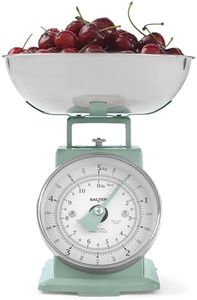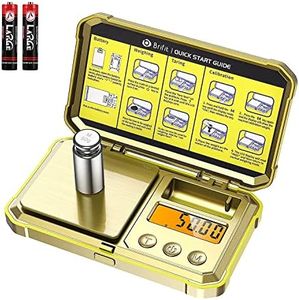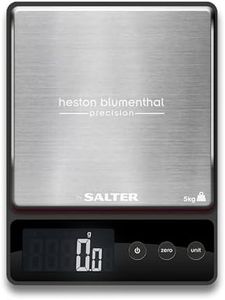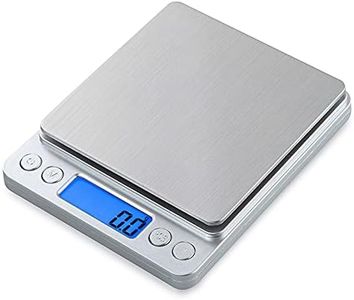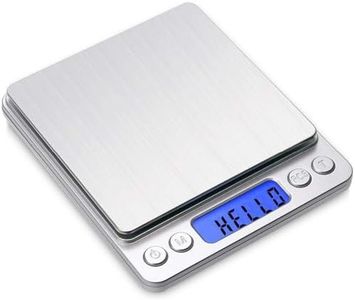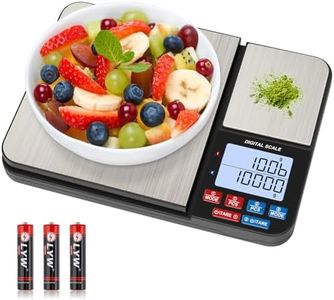We Use CookiesWe use cookies to enhance the security, performance,
functionality and for analytical and promotional activities. By continuing to browse this site you
are agreeing to our privacy policy
10 Best Portable Food Scales
From leading brands and best sellers available on the web.Buying Guide for the Best Portable Food Scales
When choosing a portable food scale, it's important to focus on what matters most for your needs: accuracy, portability, ease of use, and durability. Portable food scales are great tools for anyone who wants to track their food portions, measure ingredients for recipes on the go, or monitor nutritional intake. You'll want to look at the main features that affect everyday performance and user experience, ensuring the scale you pick truly suits your lifestyle and intended use.Maximum Weight CapacityMaximum weight capacity is the heaviest amount the scale can measure at once. It's important because it determines what kinds of foods or ingredients you can weigh without overloading or damaging the scale. Portable food scales typically range from a few hundred grams up to several kilograms. If you mostly weigh small portions like spices, nuts, or single servings, a lower capacity might be just right because it often means higher precision. But if you plan to weigh larger portions or ingredients in bulk, opt for a scale with a higher maximum capacity. Consider your main uses—if it's meal prep and portion control, lower capacities suffice. If you expect to weigh big batches, go higher.
Accuracy (Graduation/Readability)Accuracy refers to the smallest increment the scale can detect, usually shown as grams (g) or ounces (oz). This is important if you need to measure precise amounts, for example, when tracking calories closely or following baking recipes. Portable scales may range from 0.1g to 1g increments. For most home or travel cooking, 1g accuracy is generally enough. If you're weighing supplements, spices, or require stricter portioning for diet, look for 0.1g or 0.01oz accuracy. The more sensitive you need the measurement to be, the finer graduation you should choose.
Size and WeightSize and weight are key for portability. A compact, lightweight scale is easier to take with you to work, the gym, or while traveling. Scales come in various sizes—smaller ones easily fit in a bag or drawer, while larger ones may offer more surface area for food but are harder to travel with. Think about where and how you'll use the scale: if it needs to go everywhere with you, pick the slimmest and lightest model you can find; if it mostly stays at home, you can go for a slightly bigger size if needed.
Power SourcePortable food scales are usually powered by batteries, sometimes USB-rechargeable, or rarely, by solar cells. Battery-operated models are most common and convenient for travel, but it's smart to check the battery type and whether they're easy to replace. USB-rechargeable scales cut down on waste and can be topped up with a power bank, which is handy on the go. Consider your habits—if you often forget to replace batteries, a rechargeable model might make more sense. If you're using the scale in places without easy access to charging, stick to replaceable batteries.
Display TypeThe display shows you the weight readings. Clear, easy-to-read displays matter, especially in low light or if your vision isn’t perfect. Most portable scales use digital displays with a backlight. Backlit screens are more legible but might use more battery. If you plan to use the scale outdoors or in dim places, go for a model with a bright, backlit display. If battery life is your main concern and you can usually check weights in well-lit spaces, a simpler, non-backlit screen will work.
Tare FunctionThe tare function resets the scale to zero with a container or plate on it, letting you measure only the food's weight. This feature is especially important for accurate results and easy use when you weigh different ingredients one after another without removing the bowl. Most quality portable food scales include this, but always double-check. If you like to prepare meals directly on plates or in containers, a good tare function is a must.
Material and DurabilityThe build quality and materials affect both the weight and the durability of the scale. Stainless steel surfaces are sturdy and easy to clean but might be heavier. Plastic is lightweight and often less costly, though sometimes less durable. Think about where you'll use the scale—if it may be exposed to spills or rough handling, prioritize tougher materials. For mostly home use with gentle handling, lighter builds are perfectly fine.
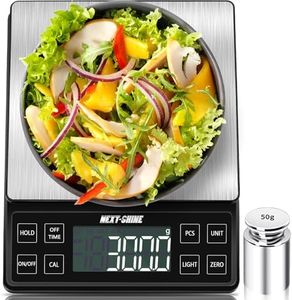
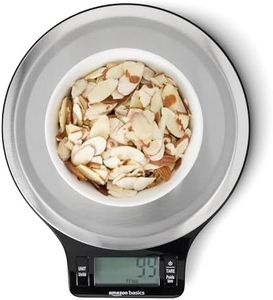
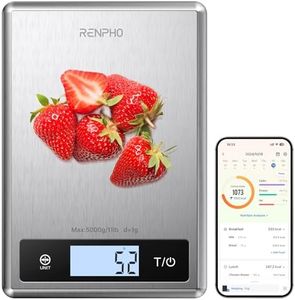
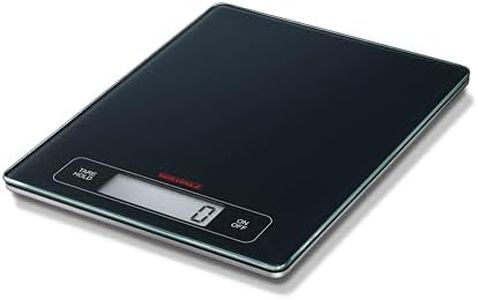
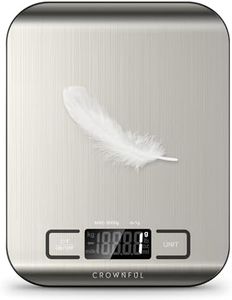
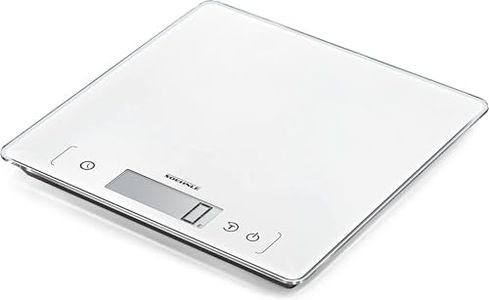
![Digital Kitchen Scale, [5kg/0.1g] Diyife Rechargeable Food Scale,High Precision Pocket Food Scale with LCD Display, Tare Function Stainless Steel Platform, Digital Scale for Food, Medicin,Jewelry](https://images-proxy.bestreviews.guide/3kYcYlxu7vl4xUg25-tx_Yhxqc8=/0x300/https://m.media-amazon.com/images/I/41ZfAOYUnTL._AC_CX679_.jpg)


